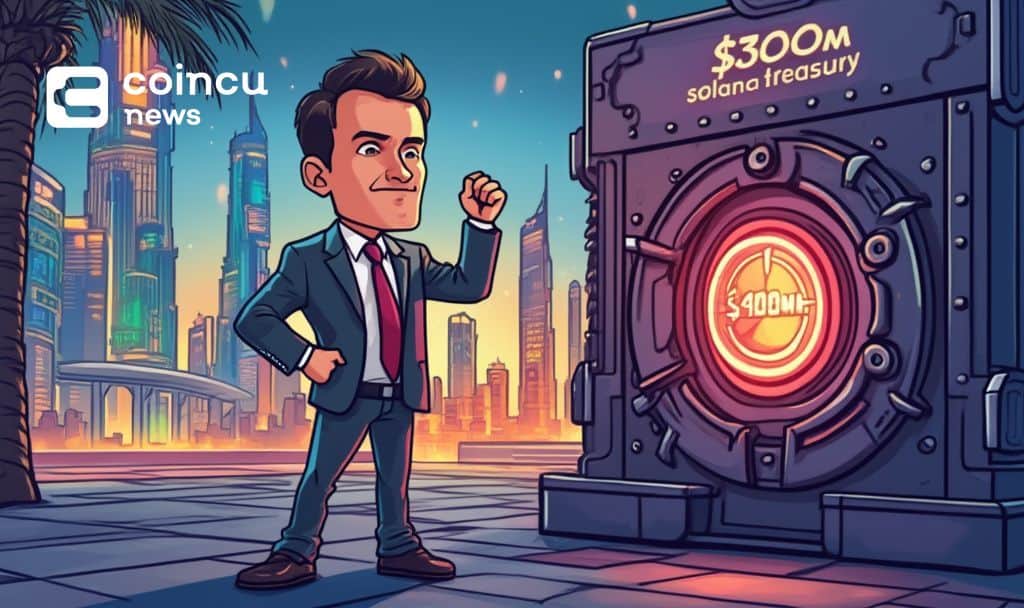Coinbase launches USDC lending on Base: up to 10.8% APY

Up to 10.8% APY on USDC, directly from the Coinbase app: this is the new offer from the exchange thanks to the integration of Morpho’s lending services on Base.
In brief
- Announcement date: September 18, 2025
- On-chain yield: up to 10.8% APY (variable)
- USDC on Coinbase (custodial): 4.1% APY (up to 4.5% for Coinbase One)
- Supply USDC: variable data — see official dashboard (over $73 billion in September 2025)
What Coinbase Announces
Coinbase activates USDC lending through an onchain integration with Morpho on the Base network. The official announcement currently indicates a maximum observed yield of 10.8% APY. In this context, it is an indicative value. The rate is variable and depends on the balance between supply and demand in the lending markets.
According to publicly available data, the announcement is dated September 18, 2025, and reports a peak of 10.8% APY in the initial roll-out phase. Industry analysts note that the variability of rates in DeFi can be high; to put it in context, the total supply of USDC exceeds $73 billion in September 2025, a figure available on Circle’s official dashboard. Onchain checks can verify related transactions and the contracts involved through BaseScan to confirm allocations to Morpho markets and curated vaults.
How Morpho Integration Works on Base
Coinbase creates a smart contract wallet for the user. The deposits in USDC are then allocated towards the Morpho markets and in vault onchain managed by Steakhouse Financial on Base, with automated yield optimization. That said, the operations remain entirely onchain. The goal is to connect lenders and borrowers more efficiently, reducing intermediations.
Expected Returns and Comparison
The onchain yield can reach up to 10.8% APY (data reported on September 18, 2025) and can vary rapidly. In this context, the value captures dynamic market conditions. The term APY (Annual Percentage Yield) includes compound capitalization.
For comparison, USDC balances held on Coinbase earn 4.1% APY (up to 4.5% for Coinbase One members). Indeed, the differential reflects the extra onchain risk and the variability typical of DeFi markets.
Availability and Access
The feature is in gradual roll-out. At launch, it is available for users in the United States (excluding New York), Bermuda, and other eligible countries. It should be noted that access depends on identity verification, residency, and local Coinbase policies.
How to Start: Quick Steps
- Open the Coinbase app and access the USDC lending section.
- Authorize the creation of the dedicated smart contract wallet.
- Deposit USDC and confirm the transaction on Base.
- Wait for the automatic yield generation through the Morpho/Steakhouse Financial integration.
- Monitor the APY and liquidity; make the withdrawal when available.
Risks, limitations, and what to keep in mind
- Smart contract risk: vulnerabilities in protocols or vaults.
- Liquidity risk: during periods of high usage, withdrawals may experience delays until liquidity is restored.
- Counterparty/strategy risk: the performance and security of third-party managed vaults affect returns.
- Stability of the stablecoin: USDC is designed to be redeemable 1:1 with USD, although residual risks related to the issuer and the custody of reserves remain.
- Rate Variability: the APY can increase or decrease without notice based on market dynamics.
- Uninsured: reward programs are not deposits and are not covered by FDIC or SIPC.
Frequently Asked Questions, in Brief
- Costs: network fees on Base and implicit commissions in vault strategies may apply.
- Timing: the crediting of the yield is continuous or periodic based on the market; withdrawal times depend on liquidity.
- Transparency: verifiable onchain data on BaseScan for the contracts involved.
- Eligibility: subject to geographic and regulatory requirements imposed by Coinbase.
Impact on the DeFi Ecosystem
The integration brings retail users onchain through a simplified flow, bridging the custodial UX experience to the world of decentralized finance. Yet, it is a step that strengthens the distribution of DeFi yields on stablecoins and reopens the debate on the centralization of access versus user autonomy.
Disclosure
USDC Rewards is a discretionary program by Coinbase. Yield products on USDC are not savings accounts, do not constitute deposits, and are not insured by FDIC or SIPC. Yields are variable and not guaranteed. Always check the official documentation and terms before use.
You May Also Like

Solmate Launches $300M SOL Treasury in UAE

Trump’s WLFI Moves To Contain Wallet Breach While Federal Inquiry Looms

